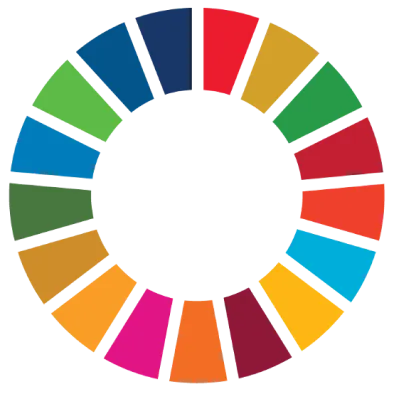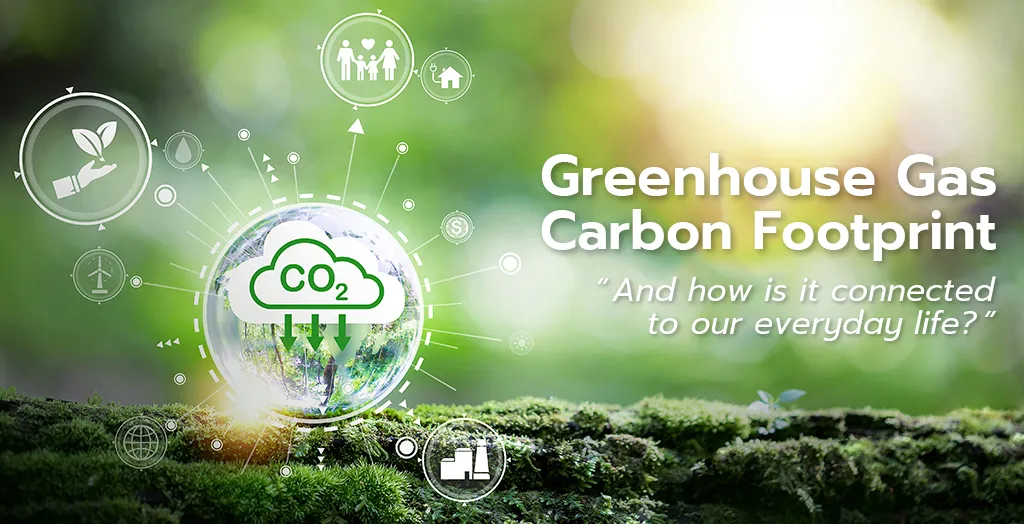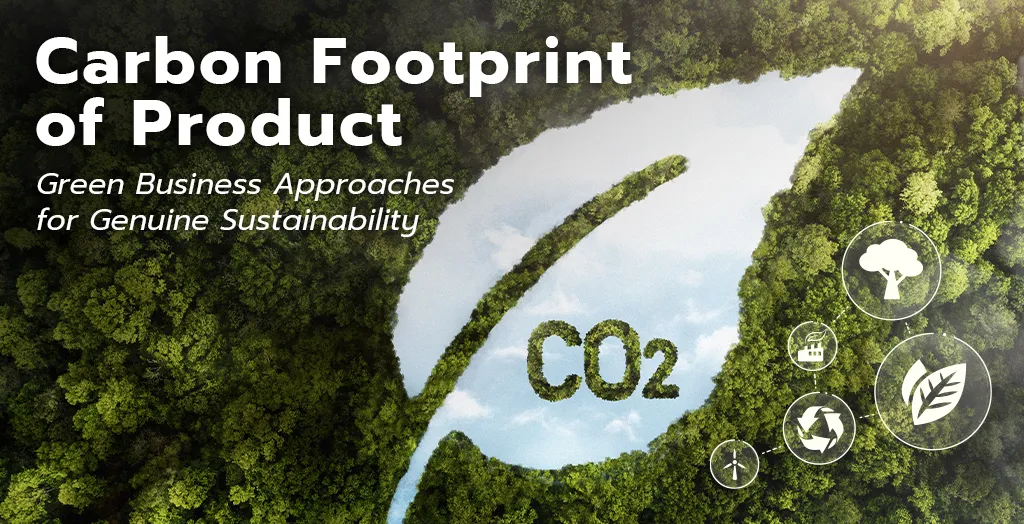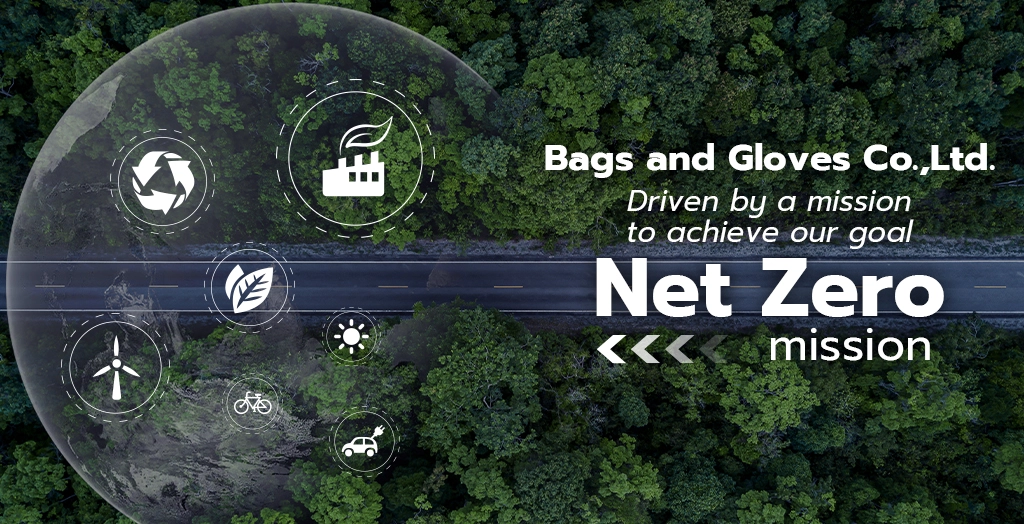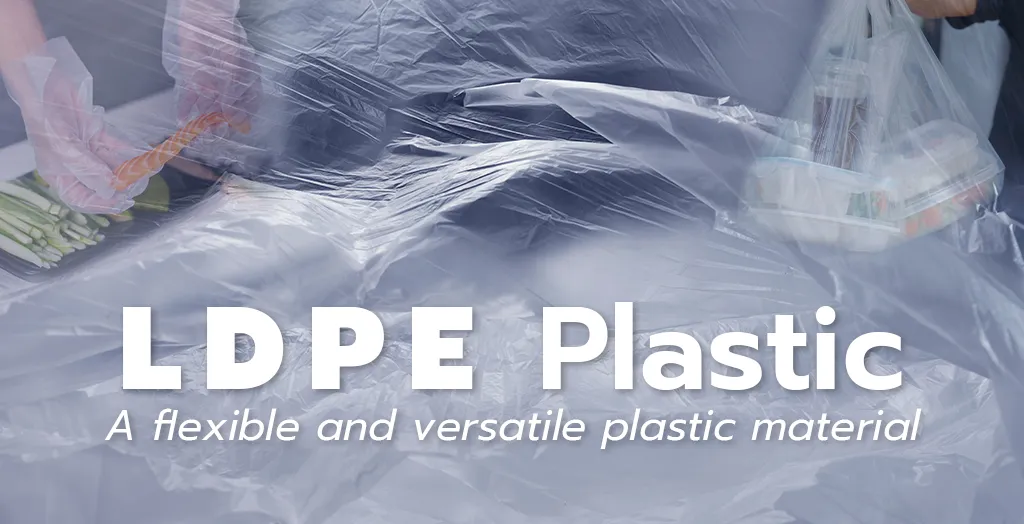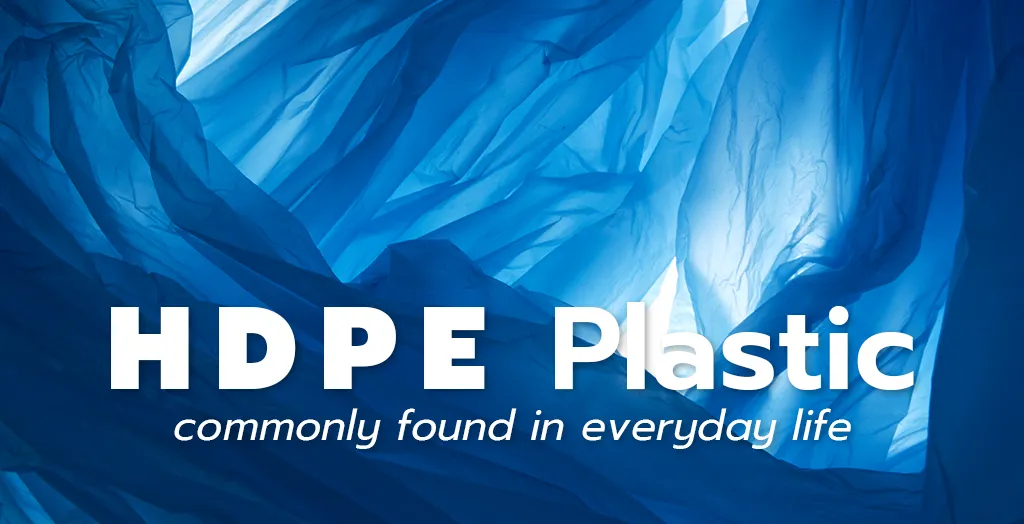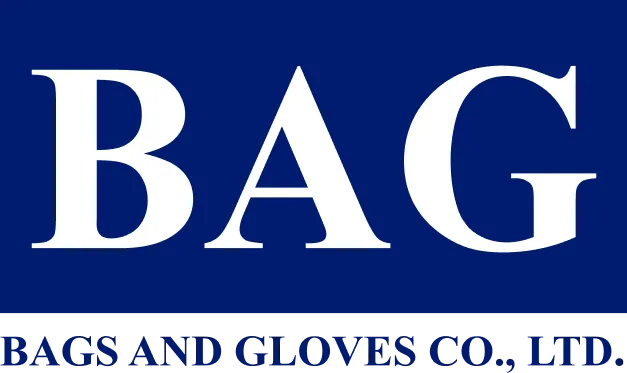How Our Everyday Actions Contribute to Climate Change
Have you ever wondered how your daily activities — from eating breakfast to commuting to work — contribute to global warming?
In fact, nearly everything we do releases greenhouse gases (GHG) into the atmosphere — from cooking, transportation, and electricity use, to waste disposal. These gases trap heat in the Earth’s atmosphere, becoming one of the main causes of climate change.
Everyday Examples of Greenhouse Gas Emissions
Even simple activities such as frying an egg can generate carbon dioxide (CO₂) emissions through multiple processes:
- Egg production: Raising chickens, producing feed, and transporting eggs all emit CO₂.
- Cooking oil production: Manufacturing and refining oil consume energy and release CO₂.
- Energy for cooking: Whether you use LPG gas or electricity, both are associated with CO₂ emissions.
When all these sources are combined, the total emissions can be expressed as a Carbon Footprint, measured in carbon dioxide equivalent (CO₂e).
Why Use CO₂e as a Unit?
Greenhouse gases come in many types, each with a different level of warming potential. To standardize measurement, we use CO₂ equivalent (CO₂e) — which expresses all gases in terms comparable to CO₂.
For example:
- Methane (CH₄) has a Global Warming Potential (GWP) of 28 — meaning 1 kg of CH₄ traps as much heat as 28 kg of CO₂.
- Nitrous Oxide (N₂O) has a GWP of 265 — meaning 1 kg of N₂O equals 265 kg of CO₂ in its warming effect.
What is a Carbon Footprint?
Carbon Footprint is the total amount of greenhouse gases released by a product, service, or activity, expressed as CO₂e. It helps us understand and compare environmental impacts across different products or processes.
Examples of Carbon Footprint values:
- 1 egg = XX gCO₂e
- 1 liter of vegetable oil = XXX kgCO₂e
- Driving 1 kilometer = XX gCO₂e
Today, many products display a Carbon Footprint of Product (CFP) label, allowing consumers to make more environmentally responsible choices.
Carbon Footprint Certification in Thailand
In Thailand, the Thailand Greenhouse Gas Management Organization (Public Organization) — or TGO — is responsible for verifying and certifying product-related greenhouse gas emissions.
Displaying the CFP label means that the product’s emissions have been accurately measured, transparently reported, and officially certified.
How We Can Reduce Our Carbon Footprint
Small changes in daily habits can make a big difference:
- Reduce waste: Use reusable bags instead of single-use plastics.
- Choose public transport: Minimize the use of private vehicles.
- Eat sustainably: Reduce consumption of high-emission foods such as red meat.
By making these conscious choices, each of us can help lower GHG emissions and move toward a more sustainable future.
Our Commitment to Reducing Carbon Footprint
At Bags and Gloves Co., Ltd., we are committed to measuring and reducing greenhouse gas emissions throughout our operations.
Our plastic gloves are the first products undergoing certification by the Thailand Greenhouse Gas Management Organization (TGO) under the Carbon Footprint of Product (CFP) program.
We actively reduce CO₂ emissions through:
- Selecting low-carbon, eco-friendly raw materials
- Optimizing production processes to improve efficiency and reduce waste
- Continuously developing products that align with sustainability goals
As consumers become increasingly eco-conscious, we strive to deliver environmentally responsible products that meet the needs of today’s market — contributing to a greener and more sustainable future for all.
Bags and Gloves Co., Ltd.
Committed to sustainability, transparency, and climate responsibility.
Our CFP-certified products reflect our dedication to reducing greenhouse gas emissions and ensuring that every step we take is measured, verifiable, and truly makes a positive environmental impact.
Contact us for more information
International Sales
(+66) 2-108-2390
(+66) 95-583-3696
sales@bagglove.com
Domestic Sales
(66) 2-108-2390 ext. 104
LINE OA: @bagglove
sales.d@tna-thailand.com

